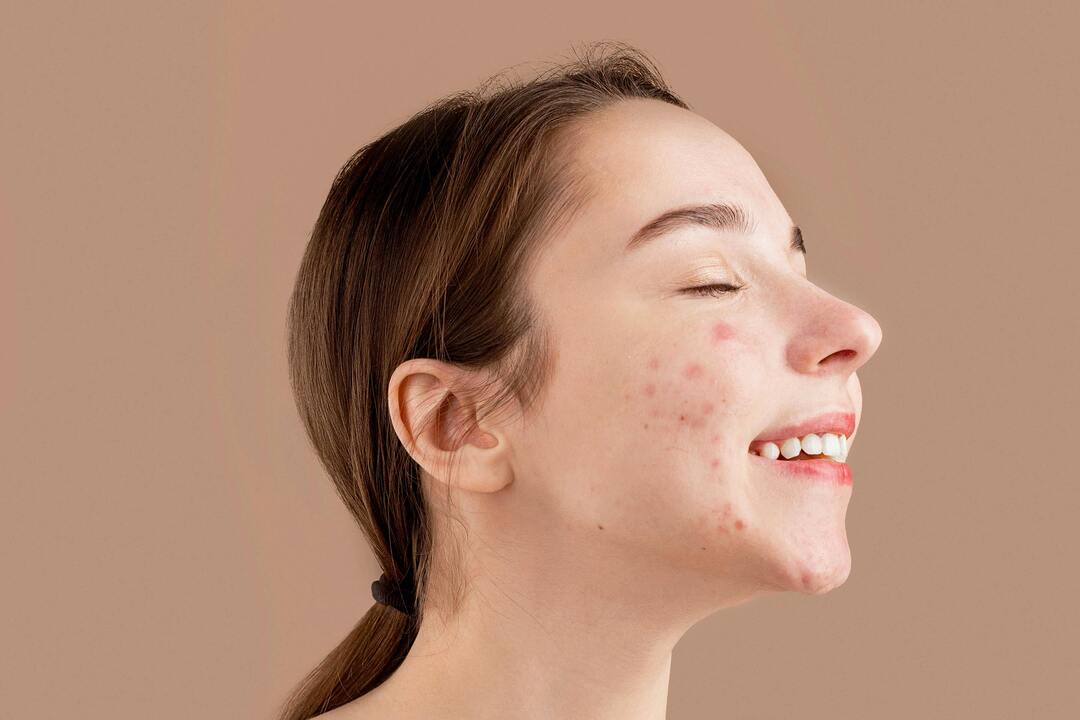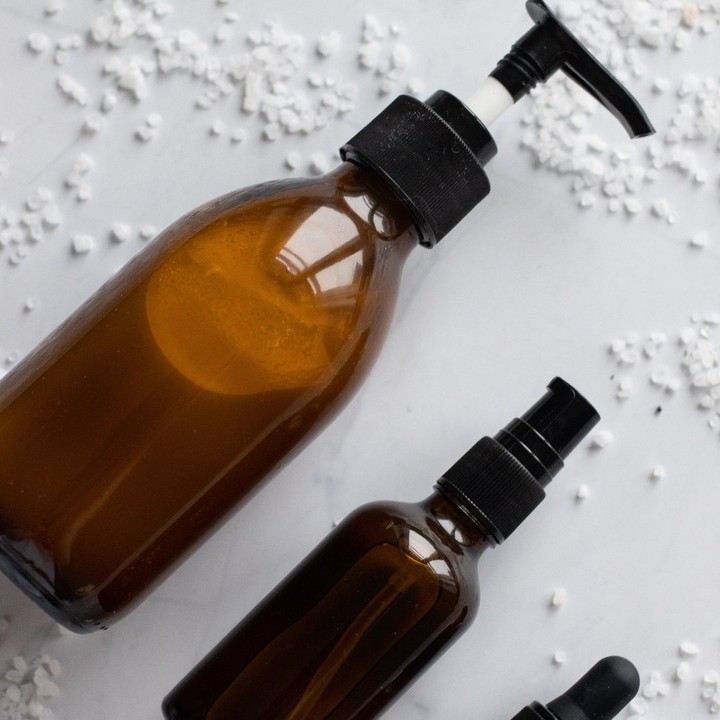
Acne: Causes, Treatment, and Prevention
Acne: Causes, Treatment, and Prevention
Acne is a common skin condition that affects millions of people worldwide, regardless of age, gender, or ethnicity. It is a dermatological concern characterized by the presence of pimples, blackheads, whiteheads, and, in severe cases, cysts on the skin. While it is often associated with adolescence, acne can persist into adulthood, causing not only physical discomfort but also emotional and psychological distress. This article explores the various aspects of acne, including its causes, treatment options, and preventive measures.
Causes of Acne:
Acne is primarily caused by the overproduction of oil (sebum) by the sebaceous glands, which are connected to hair follicles. Several factors contribute to the development of acne, and they often intertwine:
- Hormonal Changes: Hormonal fluctuations, especially during puberty, menstruation, pregnancy, and menopause, play a significant role in acne development. Increased androgen levels stimulate the sebaceous glands to produce more oil, leading to clogged pores and the formation of acne lesions.
- Genetics: Genetic factors can predispose individuals to acne. If parents or siblings have a history of severe acne, there is an increased likelihood of developing the condition.
- Bacterial Infections: Propionibacterium acnes, a bacterium that naturally resides on the skin, can multiply rapidly in clogged hair follicles. This bacterial overgrowth contributes to inflammation and the formation of acne.
- Diet: While the link between diet and acne is still under research, some studies suggest that certain foods, such as high-glycemic-index carbohydrates and dairy products, may exacerbate acne in susceptible individuals.
- Environmental Factors: Exposure to pollutants, humidity, and certain cosmetics can contribute to acne development. The accumulation of environmental pollutants on the skin's surface can clog pores and worsen existing acne.
Treatment Options:
Treating acne involves addressing its root causes and managing the symptoms. The choice of treatment depends on the severity of the condition, individual skin type, and the presence of any underlying health issues. Common acne treatments include:
Topical Treatments:
Over-the-counter and prescription topical treatments contain ingredients like benzoyl peroxide, salicylic acid, and retinoids. These products help unclog pores, reduce inflammation, and promote the shedding of dead skin cells.
Topical treatments are a cornerstone in the management of acne, offering targeted solutions to address the specific challenges of this common skin condition. Ranging from over-the-counter products to prescription medications, topical treatments play a crucial role in unclogging pores, reducing inflammation, and promoting clearer skin. This essay explores various topical treatments for acne, shedding light on their mechanisms, common ingredients, and considerations for their effective use.
Common Ingredients in Topical Treatments:
- Benzoyl Peroxide: One of the most widely used and effective over-the-counter treatments for acne, benzoyl peroxide, works by reducing the presence of P. acnes, the bacteria responsible for acne. It also helps to unclog pores by promoting the shedding of dead skin cells. Benzoyl peroxide is available in various concentrations, and individuals with sensitive skin may start with lower strengths to minimize potential irritation. You can choose Acne Foaming Cream Cleanser
- Salicylic Acid: Another popular over-the-counter option, salicylic acid, is a beta-hydroxy acid that exfoliates the skin and helps prevent pores from becoming clogged. It is particularly effective in treating blackheads and whiteheads. Salicylic acid is often found in cleansers, toners, and spot treatments. You can choose Vichy Normaderm Deep Cleansing Gel 200ml
- Retinoids: Prescription-strength retinoids, such as tretinoin, adapalene, and tazarotene, are derived from vitamin A. These compounds help regulate skin cell turnover, preventing the accumulation of dead skin cells that can clog pores. Retinoids also have anti-inflammatory properties, making them valuable in the treatment of both non-inflammatory and inflammatory acne lesions.
- Clindamycin and Erythromycin: Antibiotics like clindamycin and erythromycin are available in topical formulations and work by inhibiting the growth of P. acne. They are often prescribed for individuals with mild to moderate acne and are sometimes combined with benzoyl peroxide to reduce the risk of bacterial resistance.
- Azelaic Acid: Azelaic acid is a naturally occurring acid that has both antibacterial and anti-inflammatory properties. It helps to reduce inflammation, unclog pores, and control the growth of P. acne. Azelaic acid is available in both prescription and over-the-counter formulations.
Mechanisms of Action:
Topical treatments for acne employ various mechanisms to target different aspects of the condition:
- Unclogging Pores: Benzoyl peroxide, salicylic acid, and retinoids work by preventing the buildup of dead skin cells and promoting exfoliation. This helps unclog pores and reduces the formation of comedones (blackheads and whiteheads).
- Reducing Inflammation: Retinoids, azelaic acid, and some antibiotics possess anti-inflammatory properties, helping to calm redness and swelling associated with inflamed acne lesions. This is particularly important in the treatment of papules and pustules.
- Controlling Bacterial Growth: Antibiotics like clindamycin and erythromycin target P. acnes, the bacteria implicated in acne development. By inhibiting bacterial growth, these medications help prevent the formation of new acne lesions.
Oral Medications:
For moderate to severe acne, oral medications may be prescribed. Antibiotics, such as tetracycline, can help control bacterial overgrowth, while oral contraceptives are often prescribed for females to regulate hormonal imbalances.
- Isotretinoin: Isotretinoin, also known as Accutane, is a powerful oral medication reserved for severe and persistent acne. It reduces oil production, prevents the formation of new acne lesions, and can provide long-term remission in many cases. However, it comes with potential side effects and requires careful monitoring by a healthcare professional.
- Light and Laser Therapies: Light and laser therapies target bacteria and reduce inflammation. Photodynamic therapy, blue light therapy, and laser resurfacing are among the options that dermatologists may recommend for certain cases of acne.
- Chemical Peels: Chemical peels involve the application of a solution to the skin, causing it to peel and revealing a smoother complexion. This procedure helps remove dead skin cells, unclog pores, and reduce the appearance of acne scars.
Types of Chemical Peels:
- Superficial Peels: Superficial or light peels involve the application of a mild acid, such as alpha hydroxy acids (AHAs) or beta hydroxy acids (BHAs). These peels primarily target the outer layer of the skin, providing a gentle exfoliation. Superficial peels are suitable for individuals with mild acne and can help improve skin texture and tone.
- Medium Peels: Medium peels penetrate deeper into the skin, reaching the middle layers. Glycolic acid and trichloroacetic acid (TCA) are commonly used for medium-depth peels. These peels are effective in treating moderate acne, reducing the appearance of acne scars, and promoting collagen production for firmer skin.
- Deep Peels: Deep peels, often utilizing phenol as the active ingredient, penetrate the deepest layers of the skin. This type of peel is reserved for severe acne cases and significant skin damage. Deep peels can produce dramatic improvements but require a more extended recovery period and careful monitoring by a dermatologist.
Preventive Measures:
Preventing acne involves adopting a holistic approach that addresses various contributing factors. While not all cases of acne can be prevented, the following measures can help minimize the risk of developing or exacerbating acne:
Maintaining Good Skincare Habits: Regular cleansing with a mild, non-comedogenic cleanser helps remove excess oil, dirt, and dead skin cells. Avoiding harsh scrubs and abrasive skincare products is essential to prevent irritation.
Balanced Diet: Adopting a balanced diet rich in fruits, vegetables, whole grains, and lean proteins may positively impact skin health. While the direct link between diet and acne is still debated, a healthy diet supports overall well-being.
Hydration: Staying hydrated is crucial for skin health. Drinking an adequate amount of water helps flush toxins from the body and keeps the skin hydrated, preventing excessive oil production.
Regular Exercise: Regular physical activity promotes blood circulation, which is beneficial for skin health. However, it's essential to shower promptly after exercise to prevent sweat and oil from clogging pores.
Stress Management: Chronic stress can exacerbate acne by triggering hormonal imbalances. Practices such as meditation, yoga, and deep breathing exercises can help manage stress levels.
Avoiding Picking or Squeezing: Picking or squeezing acne lesions can worsen inflammation, increase the risk of scarring, and spread bacteria. It's crucial to resist the temptation to touch or manipulate acne-prone areas.
Acne is a prevalent skin condition with various causes, ranging from hormonal imbalances to genetic predispositions. While it can be challenging to prevent entirely, effective treatments and preventive measures are available to manage and minimize its impact. Seeking professional advice from dermatologists, adopting a consistent skincare routine, and making lifestyle adjustments can significantly contribute to healthier skin and improved quality of life for individuals dealing with acne. As research continues to uncover new insights into the condition, ongoing developments in treatment options offer hope for more effective and personalized solutions in the future.
 العربية
العربية





